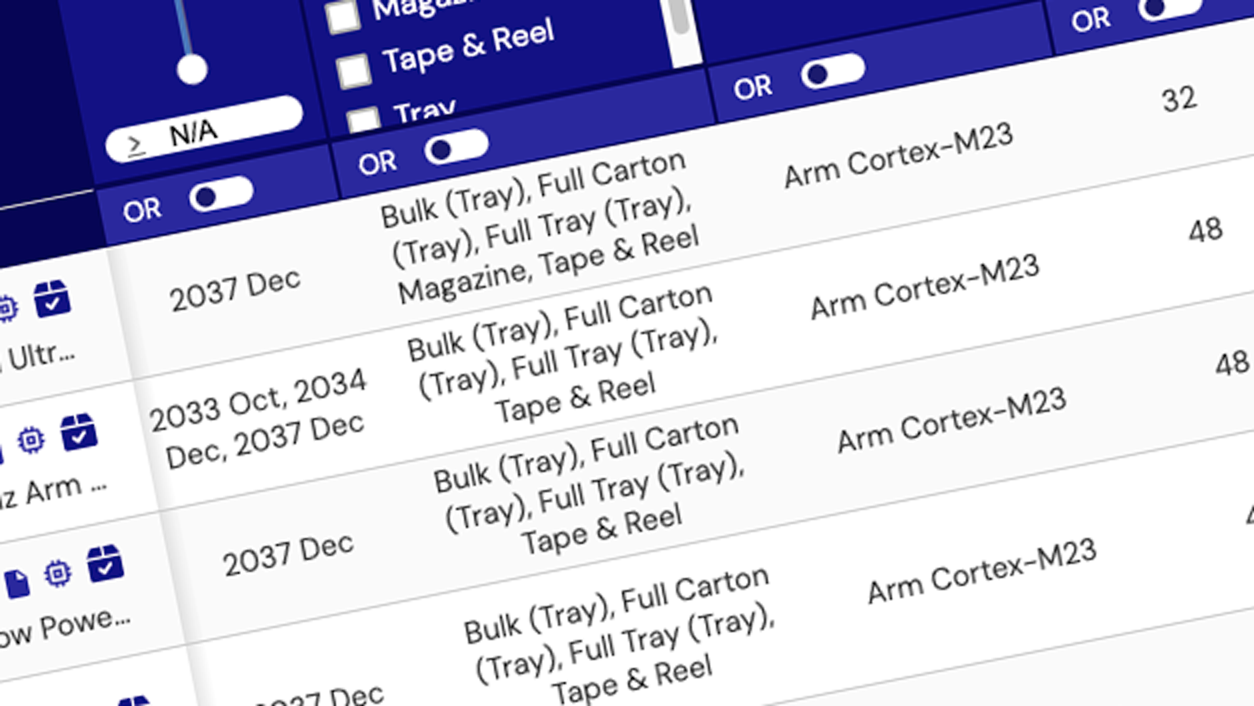Renesas offers automotive-grade multi-cell Li-ion battery monitor and battery manager ICs that provide cell balancing and accurate voltage and temperature monitoring to safeguard Li-ion battery packs in hybrid electric vehicles, plug-in hybrid electric vehicles and electric vehicles.

Product Selector: Automotive Cell Balancing and Safety
Explore our catalog of products through our parametric product selector tool. Compare specifications across various parameters to find the right part for your design.
Product SelectorDocumentation
|
|
|
|
|---|---|---|
| Type | Title | Date |
| White Paper | PDF 354 KB | |
| White Paper | PDF 400 KB | |
| White Paper | PDF 158 KB | |
3 items
|
||
Videos & Training
News & Blog Posts
Blog Post
Jun 2, 2022
|